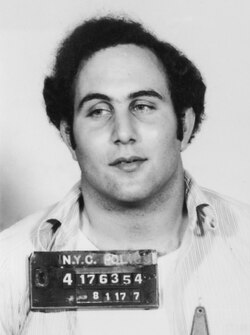
Introduction
David Berkowitz, widely recognized as the ‘Son of Sam’, is a name that resonates with infamy in American crime history. His criminal actions in the 1970s struck fear across New York City, leading to intense media coverage and a nationwide manhunt. Understanding his story is crucial, not only for its historical context but also for the lingering impact it has had on crime prevention and societal responses to mental health and violence.
The Crimes
Berkowitz’s crime spree began in July 1976 and persisted until his capture in August 1977. He was implicated in a series of shootings targeting young couples and women, killing six individuals and wounding several others. His modus operandi involved using a .44 caliber revolver, earning him the moniker ‘the .44 caliber killer.’ The fear he instilled in the community was exacerbated by the cryptic letters he sent to the police and local tabloid newspapers, taunting law enforcement and claiming that he was driven to murder by a demonic influence.
Capture and Conviction
David Berkowitz was arrested on August 10, 1977, after police traced his car through a ticket left on the scene of a shooting. Upon his arrest, he confessed to the killings and was later found guilty on multiple counts of murder and attempted murder. He was sentenced to 25 years to life in prison for each count. Over the years, Berkowitz has claimed that he was influenced by external forces, including a demonic dog belonging to his neighbor, which sparked discussions on mental health awareness and the criminal justice system’s handling of such cases.
Significance and Legacy
The ramifications of Berkowitz’s crimes extended beyond the immediate terror felt by New Yorkers. His case brought forth critical discussions about gun control, police procedures, and mental health care in the United States. Furthermore, it inspired a multitude of books, films, and media portrayals that explore the complexities of his psychology and the societal reactions to his reign of terror. He has since become a subject of fascination, often discussed within the context of true crime and criminal psychology.
Conclusion
David Berkowitz’s legacy is a reminder of the darker facets of human nature, raising questions that remain relevant today, such as the responsibility of mental health resources, the influence of societal fears on law enforcement, and the media’s role in crime narratives. As modern society grapples with its complexities, understanding cases like Berkowitz’s helps cultivate a broader perspective on crime prevention and mental health awareness, illustrating the significance of history in shaping future policies.

